Culinary Arts Month
July will soon be known as the month to eat. With events such as National Hot Dog Month, National Ice Cream Month and National Baked Bean Month, people will be eating 24 hours a day. All of these, though,can be put into one category: Culinary Arts Month, which is the month of July.
You can definitely benefit from celebrating and promoting Culinary Arts Month, and it can be pretty easy. Pull out all of your food-related items (grills; tables and chairs; plates, bowls, glasses and silverware; picnic baskets; coolers; citronella candles; herbs; vegetables; seeds; and edible flowers, see page 34) and display them with a sign such as, “July is National Culinary Arts Month, Celebrate it with a Picnic.”
Depending on how far you would like to go with it, you can schedule a day or a week and invite someone to grill, and hand out free samples, beside the display. This person can be a caterer, a friend who’s a great cook or maybe even a local author that’s trying to promote a new grilling cookbook, in which case, you’d want to have copies of the book on hand as well. Make an event out of it. The exact formula doesn’t matter as much as giving your customers a taste of what Culinary Arts Month is all about, all the while promoting your products.
Food and gardening
It is pretty obvious that food and gardening go together when it comes to vegetables and herbs. But, there are many other add-ons that you might not have considered. And, if you haven’t thought of it, your customers probably haven’t either. Anything that can be done outdoors can relate to the lawn and garden industry eating, grilling, sports, relaxing, sunning. If you carry products for these activities, use them in your display.
Cookbooks will be great in the display too, along with recipes from your employees. Title them something like “Our favorite recipes using our garden.” Make sure they list by variety name the tomato plant you sell or the herbs you have. Bringing employees into an event like this is a great way to make them feel involved in activities at, and the success of, your garden center.
Creating an outdoor dining room
Especially in the summer, Americans love to eat outdoors. Show your customers how to create an outdoor dining room. Set up a table and chairs, matching placemats, napkins and dishes; torches or lights; a grill with tools and oven mitts; and any other accessories you feel might belong. Make sure to include the bug repellents: screens, citronella candles, bug zappers, lamps and bug spray.
Edible Flowers
The use of candied violets as an exquisite visual addition to dishes and deserts may not come as a surprise, as flowers have become not only a visual stimulant, but also an important role in the sense of taste and smell. Introducing flowers as food might be considered a new trend, but in fact, it is a tradition dating back centuries. Many cultures, especially Asian, have incorporated flowers into their cuisine.
Edible flowers are produced and marketed in ways very similar to herbs; however, the market for edible flowers is not as large as the market for herbs. They can be marketed fresh, sugar-coated, dried in bulk or singles, and by weight.
In addition to being widely popular with designers and chefs, the edible flower market continues to grow because of increased consumer interest in recent years.
Many garden flowers can be used as edible garnish or to add and enhance flavors and color to a cooked dish. For example, edible flowers can brighten up traditional salad mixes.
When selling edible flowers, be sure they were grown without chemicals or only treated with organic pesticides such as the ones used on fruits and vegetables, since the flowers must be free of any chemical residue and relay that to your customers. It is also important to be aware of the types of flowers being used, because some flowers are poisonous. It is estimated that about 100 types of common garden flowers are edible. Here are just a few:
Calendula. Petals have a slightly peppery taste and can be used in a salad.
Chrysanthemums.Can be blanched, and the petals can be used on a salad. The leaves could be also used in vinaigrette.
Daylilies. Colored petals can be used to decorate any salad.
Geraniums.Can be used to add color to salad as well as decorate a cake.
Lavender. Sweat, floral flavor, with lemon and citrus notes. Flowers look beautiful and taste good in a glass of champagne, with chocolate cake or as garnish for sorbets and ice creams.
Marigolds.Have mild pepper flavor and are wonderful for salads, soups, sauces, or with fish or roasts.
Mustard Flowers.Mild in taste, yellow or white in color. Young leaves can be steamed, used as a herb, eaten raw or cooked like spinach.
Nasturtium.Tastes slightly peppery and salty and has a radish-like flavor.
Pansies. Flower has a mint or wintergreen taste. Pansy flowers are often used as candied cake garnish, a salad garnish or in soup.
Rose Petals. Can be used in salad to add a wonderful scent, texture and color.
Squash blossoms. Flowers from zucchini or summer squash are edible.
Snapdragon.Delicate garden variety can be bland to bitter. Flavors depend on type, color and soil conditions.
Violets. Perfumed petals make fine garnishes for cakes. The flower can also be candied.
Neda Simeonova








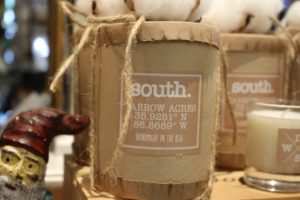
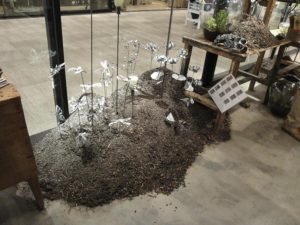
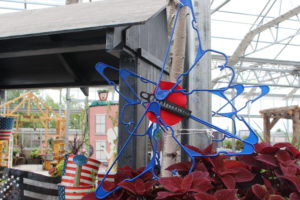

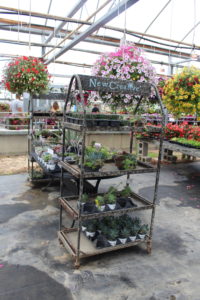
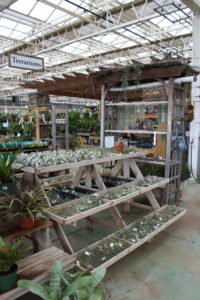
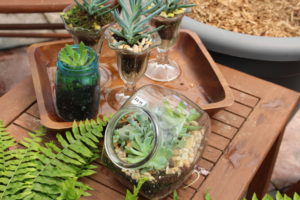



 Videos
Videos





